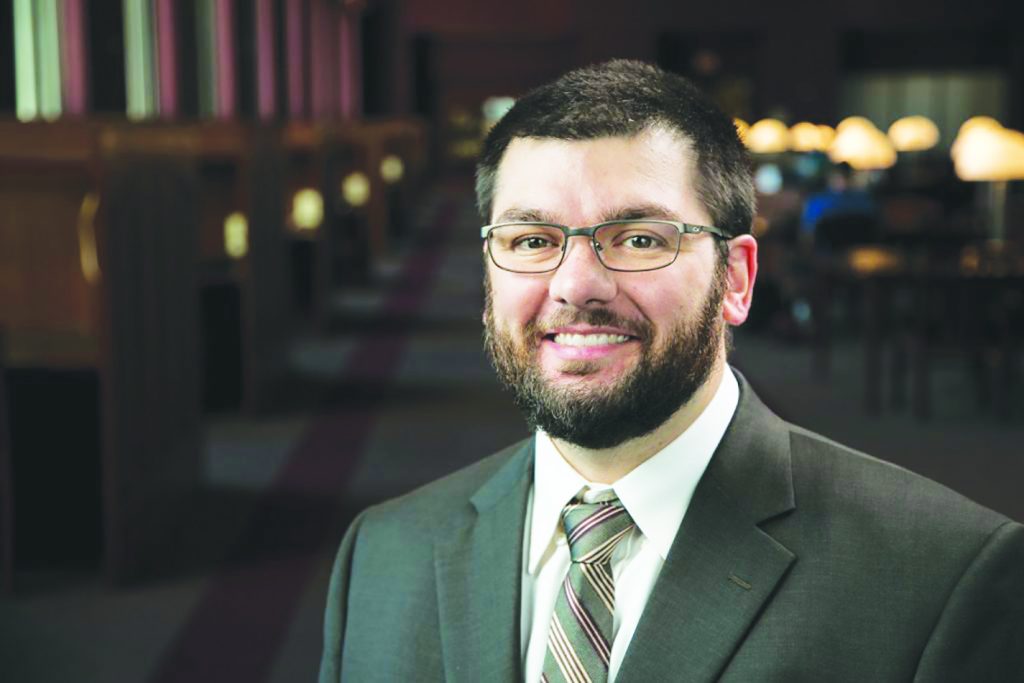Q: Can the fungus from ‘The Last of Us’ really create zombies?
No. “The cordyceps fungi are a group of fungi that target insects as their prey. They are classified in the genus Ophiocordyceps with about 140 different species worldwide. These fungi are horrifically fascinating to us because they survive by invading the bodies of insects and can take control over the insect’s behavior.”
Q: How can this fungus control an insect?
“If a spore from the fungus lands on a caterpillar, it can begin to grow thread-like mycelia that penetrate the caterpillar’s body. The caterpillar will reach a zombie-like state when the fungus has grown all the way into the caterpillar’s head. The cordyceps infection can then change the caterpillar’s behavior and force the insect to find a high, open spot like a branch tip. The fungus can then release spores from the caterpillar’s dead body to find a new generation of victims.”
Q: Are there any fungi that can be harmful to humans?
“There are other fungal diseases that afflict humans today. These range from mild ailments like athlete’s foot to the potentially fatal drug-resistant yeast Candida auris.”
Q: Are fungal diseases the only problem to worry about?
“Another danger posed by fungi is the misidentification of poisonous species. We have lots of great edible species like morels, chanterelles, chicken of the woods, and many others. But we also have some species that can be lethal! Amanita bisporigera is a species of destroying angel mushroom found in the region around Virginia Tech. As its name suggests, you don’t want to mess with it! The destroying angel and some other native fungi can sicken or even kill people, so it is very important to be able to identify any wild mushrooms correctly before eating them.”
Q: This sounds like a lot to worry about. Are fungi really all that bad?
“Overall, fungi are a huge help to humanity. We eat morel mushrooms, we use fungal-produced medicines like penicillin, and we bake bread leavened by baker’s yeast. Fungi in the environment also help nourish plants world-wide through underground connections and help break down dead organic matter and recycle it into soil.”




